The US and Iranian negotiating positions can both be faulted, but there is potential for them to find common ground.
As heads of government arrive in New York for the this year’s United Nations General Assembly — where the US, European Union, Russia, China and Iran have resumed negotiations on Tehran’s nuclear future — optimists are an endangered species.
The sense of hope generated nearly a year ago by the celebrated telephone call between President Barack Obama and newly-elected President Hassan Rouhani has faded, to be replaced by fear that neither the US, nor Iran is ready to do what is needed to avoid a potentially disastrous break-down.
One might have imagined that the US would be eager to negotiate a solution to a problem that, unresolved, has the potential to be a source of still more Middle East bloodshed, of disruption to the global economy, and of weakening an international regime that has limited the number of states possessing nuclear weapons to nine.
One might have thought that Iran would want to erase the stigma attached to international mistrust of its nuclear intentions, and would want the resumption in trade and investment that can boost living standards in the country. One might have hoped that both Iran and the US would want to use a nuclear agreement to cap 35 years of sterile animosity and as a platform on which to build a framework for cooperation. Both know they have a common interest in combating Islamist terrorism, in countering narcotics trafficking in Southwest Asia, and in turning the Middle East into a zone free of nuclear and chemical weapons.
But, no, at this point neither the US, nor Iran seems adequately motivated to eliminate the no man’s land lying between their two positions on the nuclear issue.
Of course, it is not uncommon for negotiators to hold back until the last hours, each hoping that the other will be the first to make a concession that will leave the second-mover with a small advantage. And it may be that recent calls from both sides for the other not to let an opportunity slip are simply symptoms of a ritual in which both feel obliged to engage.
However, it would be easier to believe in that interpretation, if the US and Iran had not been facing off in this way once before: In the run-up to a two and a half week negotiating session in July that was supposed to deliver an agreement, but ended in an extension of the negotiation to November 24, with positions still, reportedly, far apart.
The Crucial Issue: Iran’s Uranium Enrichment Program
Moreover, all the recent calls for movement from the opposing partner have concerned an issue that cannot be left unresolved until the final hours, because much else depends on its resolution: Iranian use of centrifuge machines to enrich uranium.
The growing band of pessimists may yet be wrong-footed. There is potential for a crucial breakthrough — if each side can stop pointing fingers at one another and start recognizing what is an opportunity common to both of them.
The US position on uranium enrichment is more reasonable than it used to be. Ten years ago, the US was demanding that the recently-completed enrichment facility at Natanz be dismantled, even though the use of this technology for peaceful purposes is not outlawed by the Nuclear Non-Proliferation Treaty (NPT), and although it had not been shown that the Natanz facility had a non-peaceful purpose. Three years ago, the US was still insisting on the suspension of all enrichment activities as a prelude to nuclear negotiations. Now, the US accepts ongoing operations at Natanz and that eventually Iran will operate industrial enrichment plants to produce fuel for large, electricity-generating nuclear reactors.
Nonetheless, the US can still be thought as unreasonable for two reasons. First, it is pursuing its stated objective of blocking all potential paths to Iranian acquisition of a nuclear weapon by limiting to a few thousand the number of centrifuges in the two facilities that have been open to international inspectors since their completion — and this possibly for as long as 20 years. That is tantamount to an illogical mismatch of means and end. Demanding that Iran “roll back” the number of centrifuges at its disposal to a few thousand will not block all paths; it will leave some paths still open.
Second, the US seems unready to make allowances for the domestic political pressures to which Iran’s negotiators are subject, even though the US negotiators are themselves subject to analogous pressures from the government of Israel and friends of Israel in the US Congress. The history of Iran’s relations with the West colors Iranian perceptions of this negotiation. It makes it impossible for any Iranian government to accept terms that their opponents could portray as humiliating or offensive to Iran’s dignity as an independent, sovereign state.
For its part, the Iranian position is also flawed. First, Iran is insisting on a massive expansion of its enrichment capacity between now and 2021, for the purpose of producing fuel for the Bushehr reactor, despite the fact that, for technical reasons, fuel for Bushehr cannot be produced without the consent of the Russian reactor supplier — and the supplier has no interest in granting consent. It would be more logical for Iran to offer to bide its time, perfecting its mastery of centrifuge technology, and expanding capacity only when large Iranian-made reactors are nearing completion.
Second, the Iranian negotiators are failing to offer enough to satisfy a very legitimate US need: grounds for confidence that Iran’s nuclear program is and will remain exclusively peaceful. A lack of confidence on that score is not a Western plot to humiliate Iran or deprive Iran of its rights. It is a phenomenon that results from Iran’s failure to observe certain international legal obligations between 1985 and 2003.
During that period, Iran’s leaders may have believed that this nonobservance was justified by security-related considerations. Nonetheless, its revelation by the International Atomic Energy Agency (IAEA) in 2003 shocked many more parties to the NPT than the US and its allies. It has left Iran with a credibility problem. That problem can be resolved, but only if Iran does everything to suggest it no longer wishes to hide anything nuclear from the international community.
The Way Toward a Deal
A paper written for the Royal Institute of International Affairs and published on September 4 argues that the contours of an agreement on enrichment are not hard to see. The US should stop insisting on a cut in operational centrifuges to a few thousand. In return, Iran should offer to maintain its operating capacity at the current level, until the first Iranian-made large reactor is nearing completion.
That is the kind of deal foreign ministers can cut, leaving it to their officials to negotiate the finer details, and to work their way through what the deal implies for the other items that are on the negotiating agenda — which is set out in the November 24, 2013, Joint Plan of Action.
So, the growing band of pessimists may yet be wrong-footed. There is potential for a crucial breakthrough — if each side can stop pointing fingers at one another and start recognizing what is an opportunity common to both of them.
*[An earlier version of this article was originally published in Farsi by the BBC Persian Service.]
The views expressed in this article are the author’s own and do not necessarily reflect Fair Observer’s editorial policy.
1 comment
Leave a comment
You must be logged in to post a comment.
Support Fair Observer
We rely on your support for our independence, diversity and quality.
For more than 10 years, Fair Observer has been free, fair and independent. No billionaire owns us, no advertisers control us. We are a reader-supported nonprofit. Unlike many other publications, we keep our content free for readers regardless of where they live or whether they can afford to pay. We have no paywalls and no ads.
In the post-truth era of fake news, echo chambers and filter bubbles, we publish a plurality of perspectives from around the world. Anyone can publish with us, but everyone goes through a rigorous editorial process. So, you get fact-checked, well-reasoned content instead of noise.
We publish 2,500+ voices from 90+ countries. We also conduct education and training programs
on subjects ranging from digital media and journalism to writing and critical thinking. This
doesn’t come cheap. Servers, editors, trainers and web developers cost
money.
Please consider supporting us on a regular basis as a recurring donor or a
sustaining member.
Will you support FO’s journalism?
We rely on your support for our independence, diversity and quality.


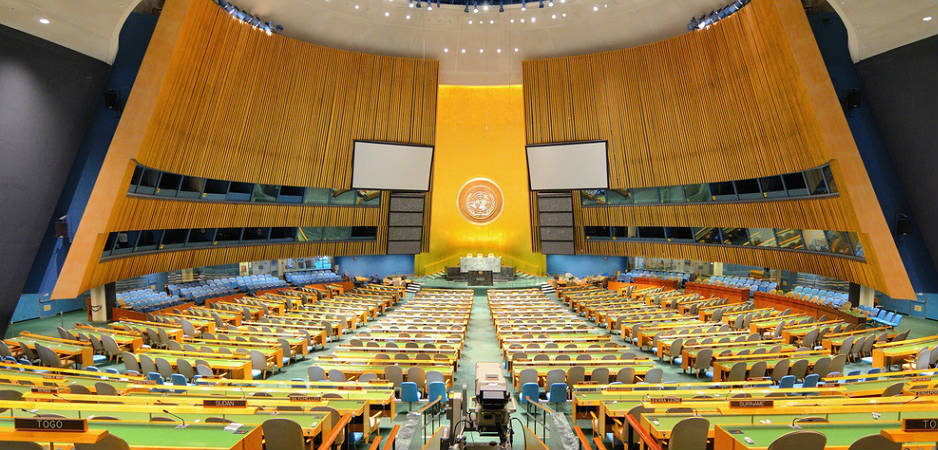



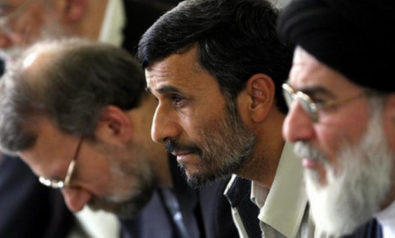

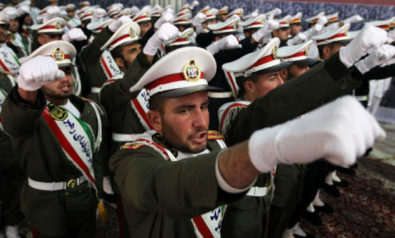



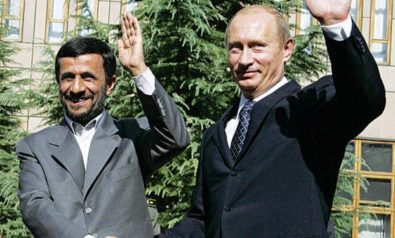


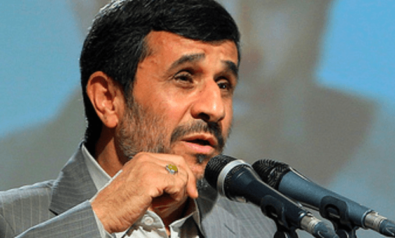



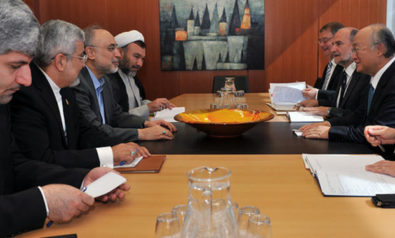

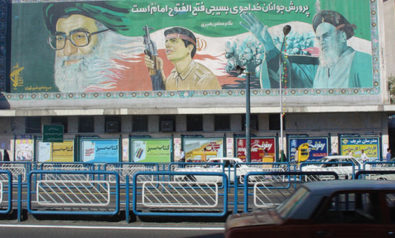

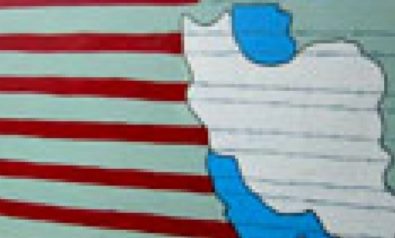

vis8
September 23, 2014
Thanks to the internet, one cannot hide the truth for a long time: Guess who created the muslim ISI???? Sad, but there is mass deception by politicians all over the world.